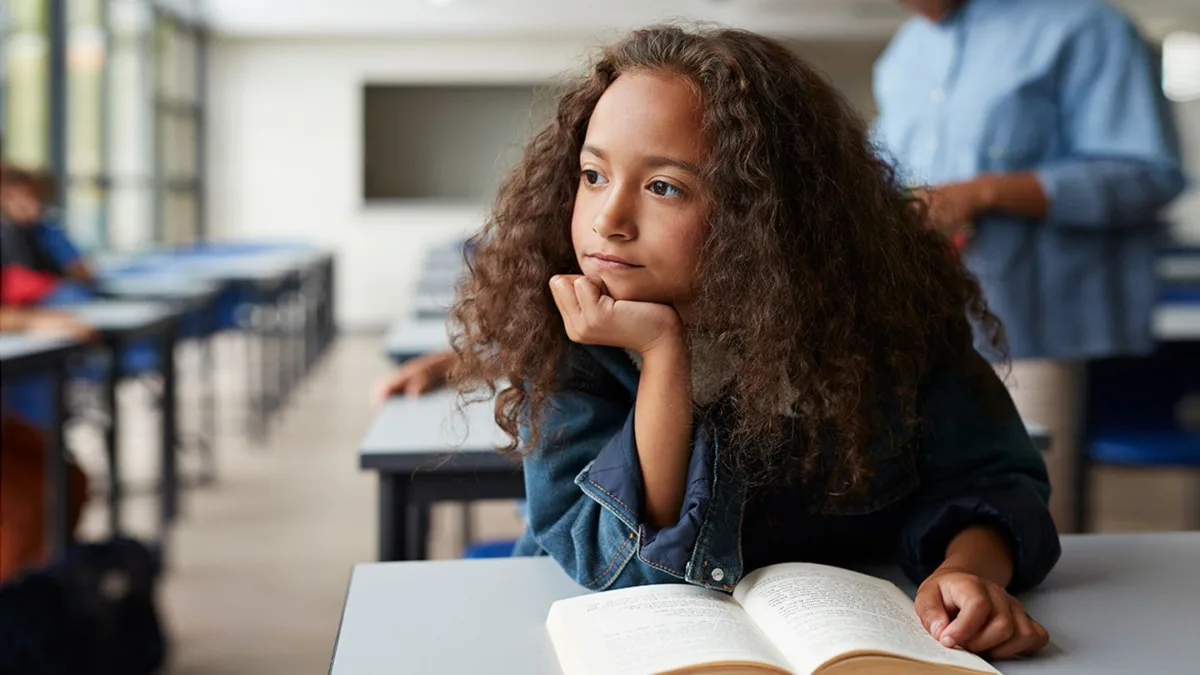
The Role Of Parents & Teachers Towards ADHD Students
ADHD is one of the most common neurodevelopmental disorders of childhood. It is usually first diagnosed in childhood and often lasts into adulthood. Children with ADHD may have trouble paying attention, controlling impulsive behaviours (may act without thinking about what the result will be), or be overly active. It is normal for children to have trouble focusing and behaving at one time or another.
However, children with ADHD do not just grow out of these behaviours. The symptoms continue, can be severe, and can cause difficulty at school, at home, or with friends. The teachers and parents play a major role in shaping the lives of the child. The teachers should be dutiful and willing to uplift the child. The parents should undertake special responsibility to teach the child. Thus, ensuring that ADHD students can study and be on par with the other students.
The main signs of children with ADHD are
- Demanding attention by talking out of turn or moving around the room.
- Having trouble following instructions, especially when they’re presented in a list, and with operations that require ordered steps, such as long division or solving equations.
- Often forgetting to write down homework assignments, complete them, or bring completed work to school.
- Often lack fine motor control, which makes note-taking difficult and handwriting a trial to read.
- Having problems with long-term projects where there is no direct supervision.
- Not to pull their weight during group work and may even keep a group from accomplishing its task.
Parents should be extremely cooperative towards their teachers. They should regularly check their notebook and complete the notes if, the child has not completed them in class.
The teachers cannot prepare notes separately for the students, so the parents should undertake this responsibility. The ADHD kid is usually not intellectually disabled and hence can learn like the other kids if they are given special attention.
Parents must accept the fact that children with ADHD have functionally different brains from those of other children. While children with ADHD can still learn what is acceptable and what isn’t, their disorder does make them more prone to impulsive behaviour.
The teachers play a special role in evaluating the needs of the children. They should access their strengths and weaknesses and undertake a step accordingly. The teachers can help the students to stay focused and learn to their full capabilities.
The teacher should always think positively and should not deny helping such students. Some teachers simply use such statements ‘We are always pestering the kid to write notes, but the child is not writing’. But such kids may be very smart but due to the teacher’s discouragement, the child may not develop fully to their potential.
At Jeevaniyam, with the help of our professionals, we detect ADHD at a very young age in children and help them overcome it with a combination of our ayurvedic protocols and two basic principles of behaviour management therapy. The first is encouraging and rewarding good behaviour (positive reinforcement). The second is removing rewards by following bad behaviour with appropriate consequences, leading to the extinguishing of bad behaviour (punishment, in behaviourist terms).
You teach your child to understand that actions have consequences by establishing rules and clear outcomes for following or disobeying these rules. These principles must be followed in every area of a child’s life. That means at home, in the classroom, and in the social arena.
